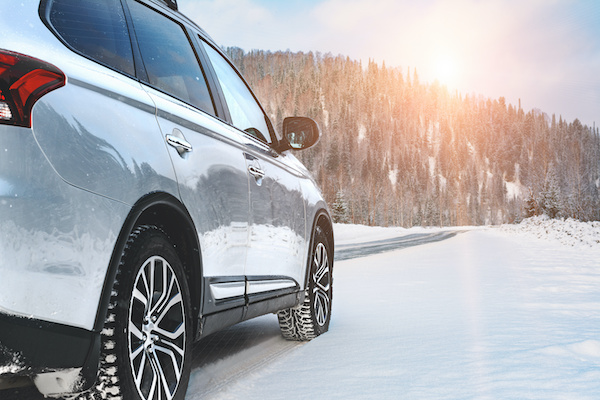
During wintertime, road conditions in most places around the country become wet, snowy, and even icy. It’s of utmost importance to have a proper assessment of your tires’ condition so you can feel secure and minimize the risk of an accident when driving during the winter months.
Tire Maintenance Tips
You don’t have to be an auto technician to inspect your tires’ condition and provide them with proper care. Tires are easy to inspect, unlike other mechanical parts of your car. You can check them wherever you are parked.
- Walk around your car and see if any tires are flat or low.
- Check if tire tread is worn more in some areas of the tire.
- Check for gashes, bulges, or other objects lodge in the tire.
- Check for other signs of wear, like worn, cracked, or cut sidewalls.
Perform a penny test on your tires once a month. Take a penny and place it in a way that Lincoln’s head is positioned in the deepest part of the tread. On each tire, check several treads. If you can see the top of Lincoln’s head, then it’s time for a new set of tires. Having your tires rotated every 3,000 to 5,000 miles helps prevent uneven tread wear.
The Rubber Manufacturers Association recommends checking tire air pressure at least once a month, even if your vehicle has a tire pressure monitoring system (TPMS). Also, it’s recommended to check the pressure of your tires when there’s a big drop in temperature because every ten-degree drop in temperature decreases air pressure by one or two pounds per square inch. The use of tire gauge is easy and quick. You can buy one at your local auto parts shop. You can also go to your local auto service center to get your tire pressure checked. If you wish to get the most accurate tire pressure level reading, do it before you drive in the morning or wait until tires have cooled – about 30 minutes after parking.
Make sure you know how many pounds per square inch (psi) for your vehicle are recommended by your auto manufacturer. The actual number is based upon the tires’ size and the load the car is designed to carry. You can find this information on the driver’s side door jamb, in the car manual, or with the help of Google. When you purchase new tires, ask your tire dealer about the psi rating because it may differ from your last tires.
It’s just a myth, however, a dangerous one that underinflated tires provide better traction on snow and ice.
Properly inflated tires provide the best traction, especially during the winter months when road conditions are poor. Underinflation increases the chance of tire damage or even a blowout. Also, properly inflated tires can save you money by reducing gas emissions, improving gas mileage, and increasing your tires’ longevity.